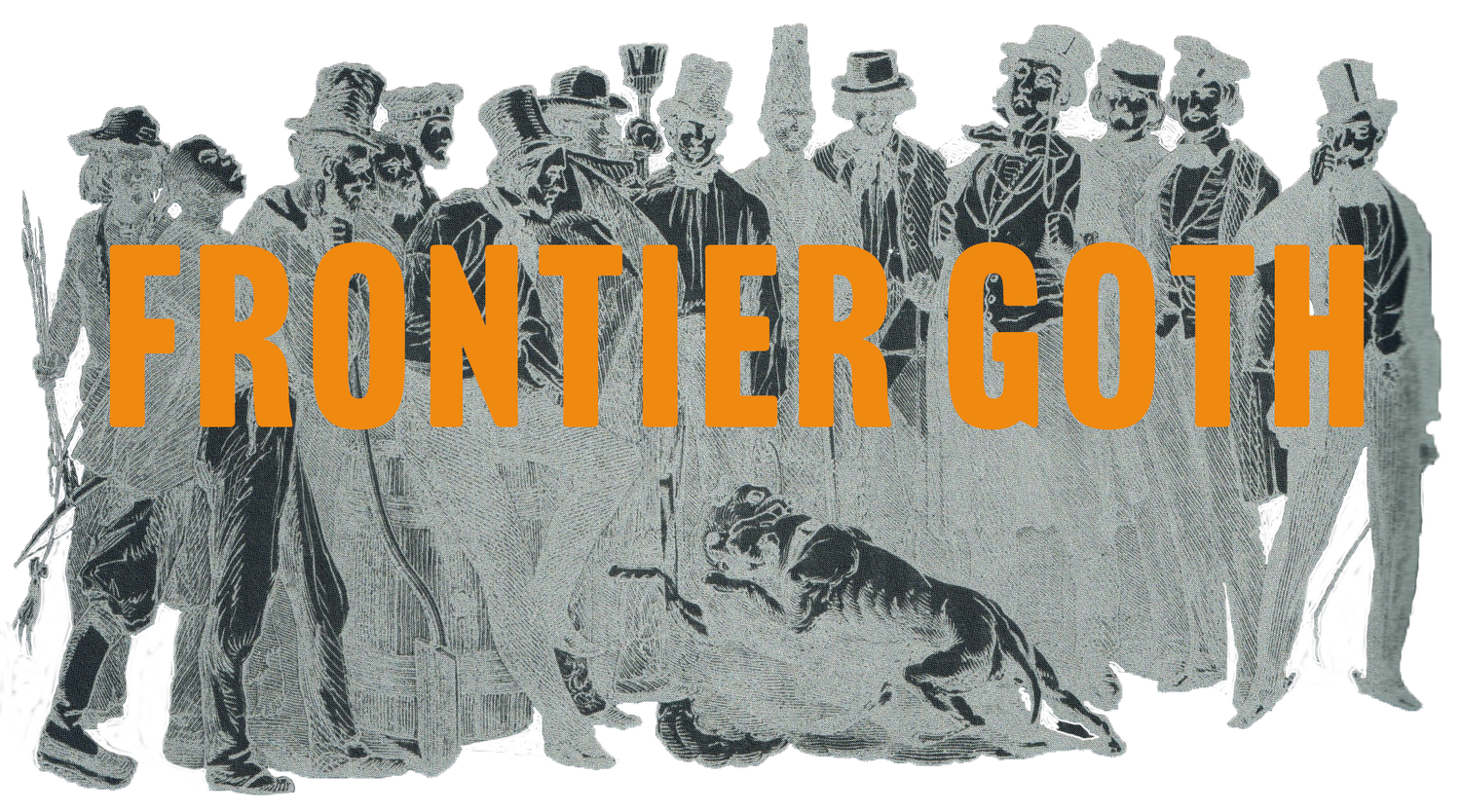The Pursuit of the MIllennium by Norman Cohn
“The civilization of the later Middle Ages was always prone to demonize ‘outgroups’; but at times of acute disorientation this tendency was especially marked. Hardship and distress did not in themselves produce this result. Poverty, wars and local famines were so much a part of normal life that they were taken for granted and could therefore be faced in a sober and realistic manner. But when a situation arose which was not only menacing but went altogether outside the normal run of experience, when people were confronted with hazards which were all the more frightening because they were unfamiliar—at such times a collective flight into the world of demonological phantasies could occur very easily. And if the threat was sufficiently overwhelming, the disorientation sufficiently widespread and acute, there could arise a mass delusion of the most explosive kind. Thus when the Black Death reached western Europe in 1348 it was at once concluded that some class of people must have introduced into the water-supply a poison concocted of spiders, frogs and lizards—all of them symbols of earth, dirt and the Devil—or else maybe of basilisk-flesh. As the plague continued and people grew more and more bewildered and desperate, suspicion swung now here, now there, lighting successively on the lepers, the poor, the rich, the clergy, before it came finally to rest on the Jews, who thereupon were almost exterminated.
”But not all strata of society were equally exposed to traumatic and disorienting experiences. As we have seen, amongst the masses in the overpopulated, highly urbanized areas there were always many who lived in a state of chronic and inescapable insecurity, harassed not only by their economic helplessness and vulnerability but by the lack of the traditional social relationships on which, even at the worst of times peasants had normally been able to depend.
”These were the people who were most frequently hit by disasters and least able to cope with them. And these were the people who, when faced with overwhelming problems and tormented by intolerable anxieties, were prone to seek messianic leaders and to imagine themselves as warrior-Saints. The resulting phantasy could easily be integrated into the old eschatology derived from Johannine and Sibylline traditions; and in this form it became a coherent social myth. The myth did not of course enable the helpless masses to overcome their dilemmas, and it often prompted them to courses of action that proved downright suicidal. But it did hold their anxieties at bay, and it did make them feel both immensely important and immensely powerful. That gave it irresistible fascination.”
-Norman Cohn, 1957


